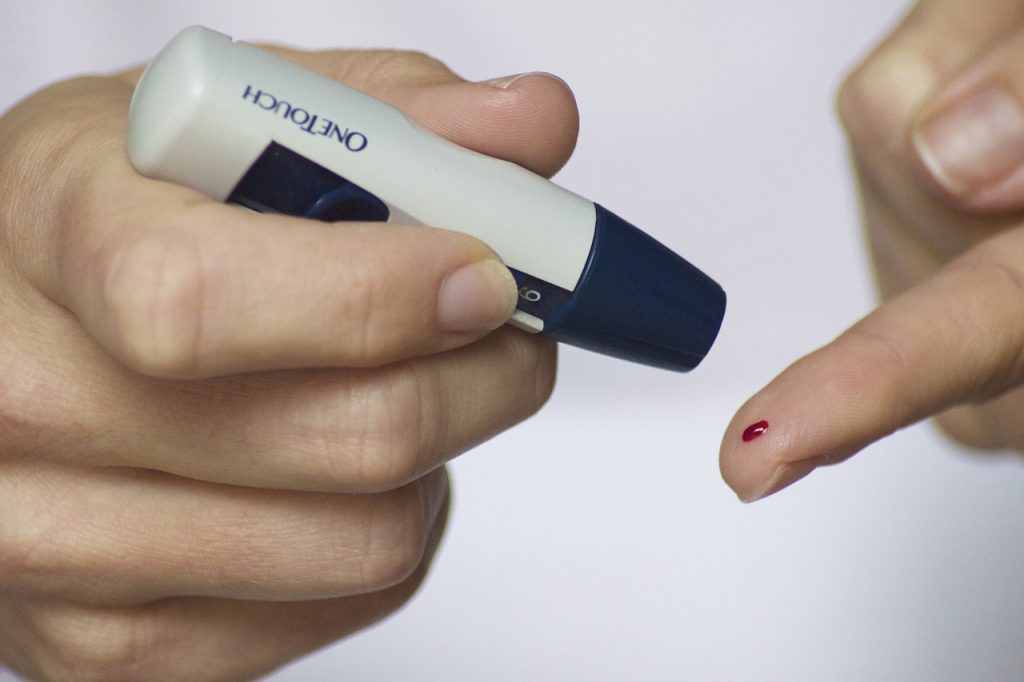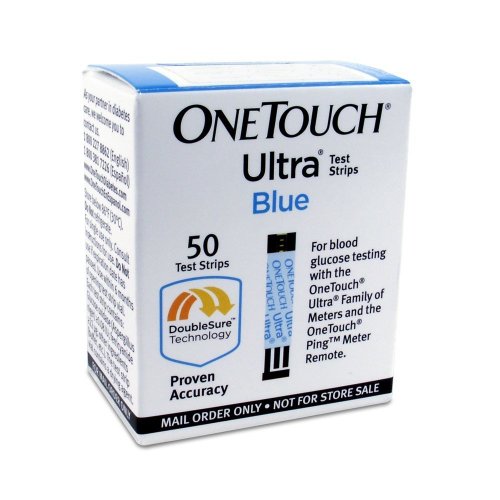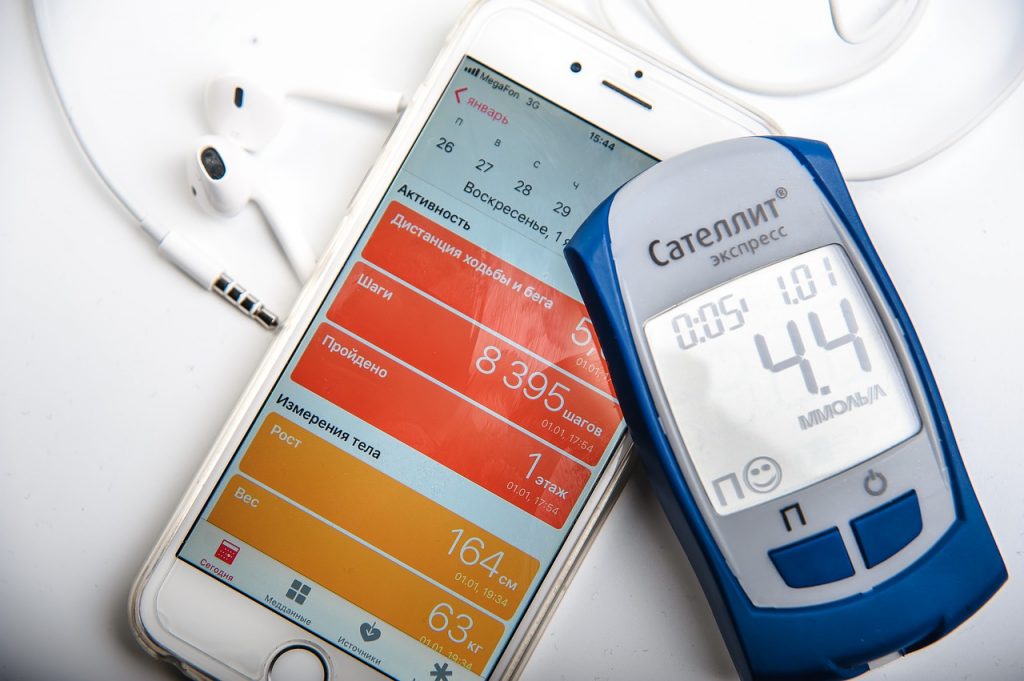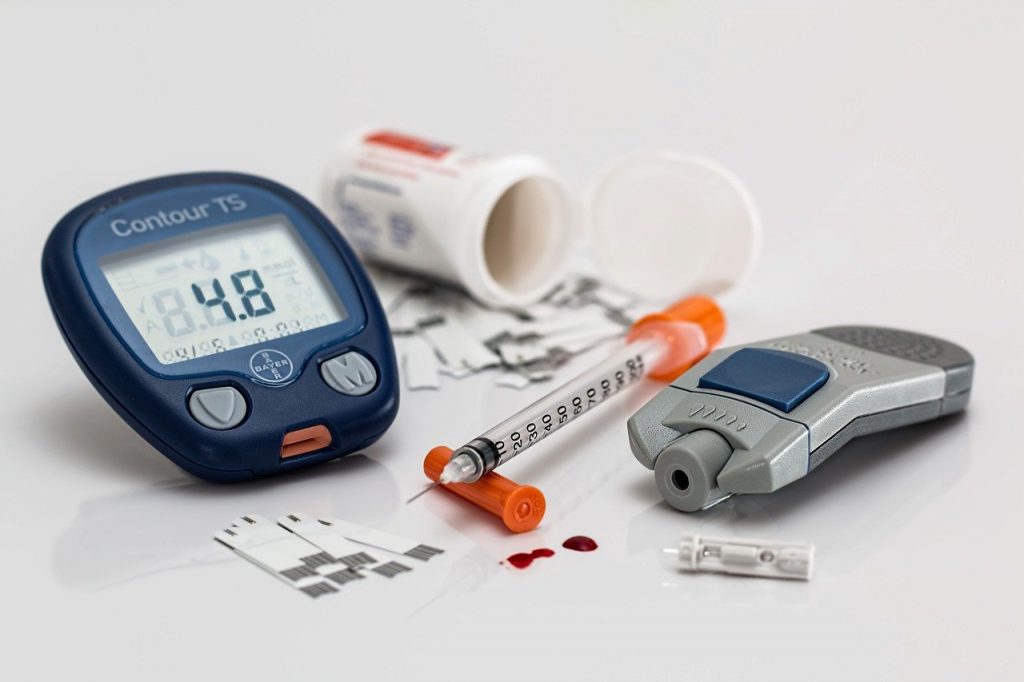Diabetes affects the entire body, including its ability to recover from a major illness or heal even small wounds. That inability makes diabetics at risk for developing an infection and other complications such as amputations.
People with diabetes often experience nerve damage and as a result, they may be unable to feel a wound when it occurs. This is especially true when the injury is on the feet and it can go undetected for some time, which gives it plenty of time to become infected and worsen. One of the most commonly seen issues results from poor fitting footwear that can rub and cause sores.
Diabetes can damage blood vessels and impede the flow of blood, especially to extremities. Good circulation is critical for carrying oxygenated blood throughout the body. When circulation is impaired, a wound doesn’t receive the nutrients needed to heal and cells begin to die.
Neuropathy occurs when nerves are damaged by high sugar levels. It robs the body of sensation and the ability to feel pain necessary to recognize that an injury has occurred. Even small wounds like blisters or a splinter can become infected and require emergency treatment.
People with diabetes have a compromised immune system. A person with diabetes produces hormones and enzymes that make the immune system less effective for wound healing. Diabetes also makes people less able to cope with ordinary bacteria and viruses.
Those with diabetes must always be on guard for potential injuries. It’s a good idea to check the body each day, especially the feet and extremities, for wounds and injuries. It’s essential that any wound be kept clean and monitored for infection. If an infection does occur, it’s critical that individuals seek medical assistance to prevent a small wound from becoming a major injury and to mitigate the potential for an amputation.
If you would like to find out about earning cash for your unwanted, unused and boxed test strips, complete our online quote form today.
If you have extra, unopened and unused boxes of diabetic test strips – whether you have switched brands, no longer need to test or test less frequently, or have a loved one who has passed away – don’t let them gather dust until they’ve expired and end up in the trash. We’re the best place to sell diabetic test strips online, and if you want to sell your test strips, we’re here to make the process easy and enjoyable!
Visit us at Sell Your Test Strips and get your free quote today!
Like us on Facebook










